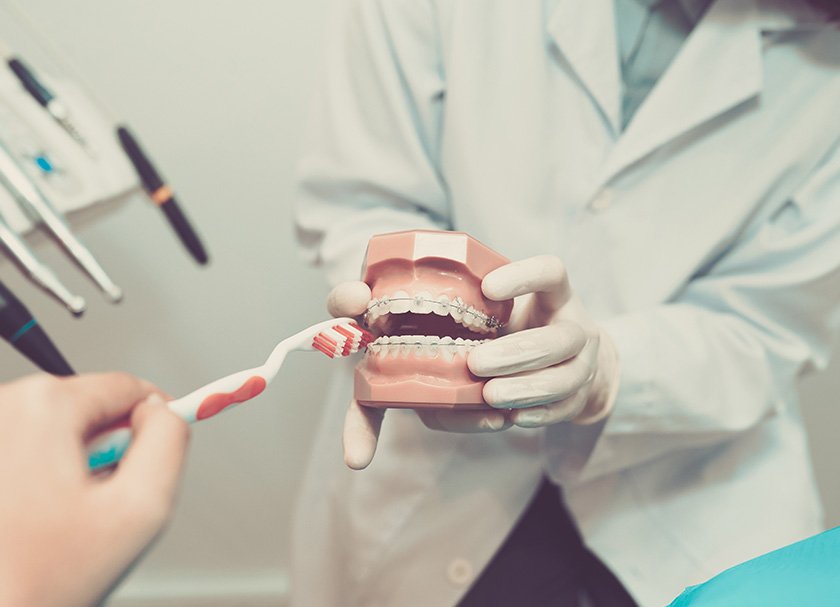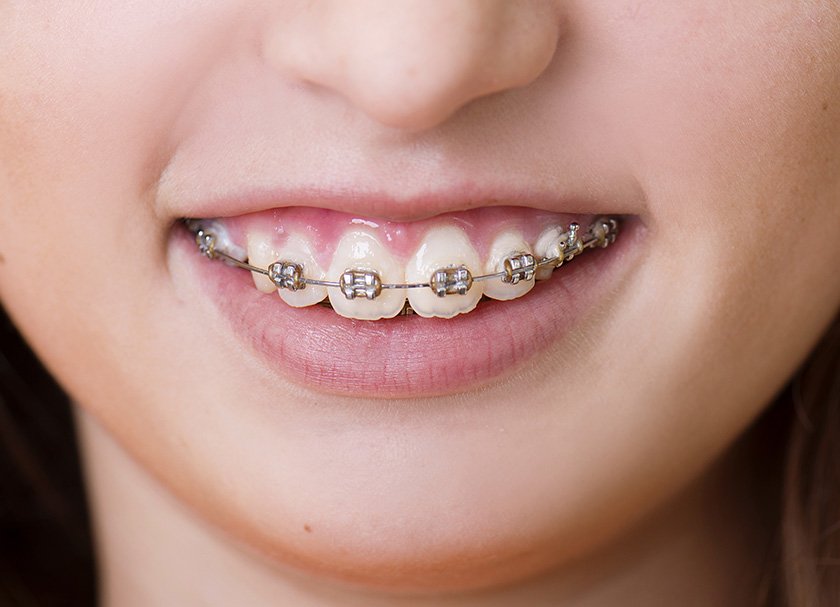Dental braces are corrective devices that are used to correct misaligned teeth, crowded or crooked teeth, or a misaligned jaw known as malocclusion. Most people prefer getting their teeth corrected in their adolescence but the trend is changing now and many adults are getting their corrective dental braces later in life.
Braces can be made of many materials including metal and ceramic. A dentist who specializes in correcting your teeth through braces is called an orthodontist. Braces are quite an effective treatment in correcting misaligned bites successfully.
In this article, we discuss the
- The best dental clinic in Delhi for braces.
- Types of braces
- How do braces work in general?
The best dental Clinic in Delhi for braces
Dentists provide a solution to any misalignment of the teeth. The treatments they design help you to straighten your teeth, fix the bite, and improve your smile. Dental braces can also line up your jaws, close the gaps between your teeth, space out crowded and improve the shape of your jaw.
The treatments are face driven orthodontics as we concentrate on maximizing the effect of not only the teeth but the entire face, resulting in a well balanced, harmonious smile. Orthodontists should have a holistic approach and should start by taking the complete history and understanding your needs and expectations from the treatment.
In the next section, we have discussed the different types of braces we offer.
Types of braces
Braces are custom designed orthodontic devices that cater to your individual requirements. Our orthodontists will recommend them based on several factors like your age, the severity of misalignment, the presence of crooked teeth, etc.
Metal braces are traditional braces where metal brackets are glued individually to each tooth and an archwire is placed through the brackets. Elastic bands connect the archwire to the brackets applying pressure on the braces to move your teeth into the desired position.
Ceramic braces work similarly and the brackets are made from ceramic that matches the color of your natural teeth making them less obvious than conventional braces.
Lingual braces are placed behind the teeth making them completely invisible to any onlooker.
Invisible braces also called invisible aligners can be taken out and placed back throughout the day.
In the next section, we have discussed how braces work in general and this will help you understand our orthodontic treatments better.
How do braces work?
Braces move your teeth by exerting constant pressure on them over time and the shape of your jaw gradually changes to conform to this pressure. Your teeth are not directly connected to the jawbone and this is a myth.
There is a membrane underneath your gums that anchors your teeth to the jaw. This membrane controls the position of your teeth and it is receptive to the pressure of the braces.
Braces don’t hurt you and it takes one to two hours for them to be installed. Your mouth may feel sore for the first week as it takes time to adjust. Every time you get your braces adjusted by our orthodontists you may be sore for a few days.
Now that you know how braces work let’s discuss an often asked question – Do dental braces hurt?
Do dental braces hurt?
Generally, there is no pain involved when the braces are being installed in your mouth. But in the days after the initial placement, they can feel uncomfortable. The pain can be a dull soreness or throbbing but this is normal and will go away in a few days time.
Braces work by exerting pressure on your jawline to change the way you smile. Having straight and properly aligned teeth can have a positive impact on your smile and appearance. Braces work slowly but their results are permanent.



